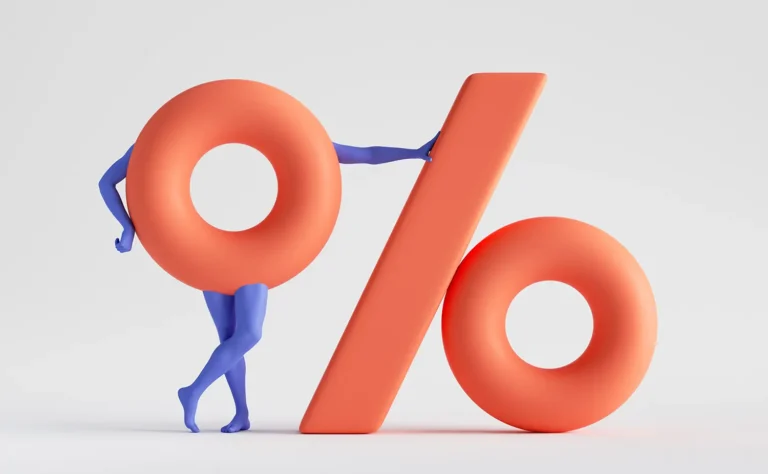When it comes to navigating the complex landscape of business taxes, the Washington State’s Business & Occupation (B&O) tax stands as a notable component. Whether you’re a business owner or a curious individual, understanding this tax is essential. In this blog, we’ll break down the Washington B&O tax, explaining its key aspects and shedding light on its significance for the state’s economy.
What is the Washington B&O Tax?
The Business & Occupation tax is a unique tax system employed by the state of Washington to generate revenue from businesses operating within its borders. Unlike traditional income or sales taxes, the B&O tax is levied on the gross receipts of a business. Gross receipts encompass all forms of consideration, including sales, services, and other revenue-generating activities. This approach ensures that various types of businesses, regardless of their profitability, contribute to the state’s coffers.
Understanding the Structure
The B&O tax isn’t a one-size-fits-all tax; it’s structured to accommodate different industries and their varying revenue models. Washington has categorized various business activities into different classifications, each with its own applicable tax rate. These classifications include manufacturing, retailing, wholesaling, services, and more. This tiered approach aims to apply fair taxation that corresponds to the nature of the business.
Calculating the Tax
Calculating the B&O tax can be intricate due to the varied classifications and tax rates. Generally, you calculate it by applying the tax rate to your gross receipts. However, numerous factors can influence how you determine your gross receipts and the applicable rate. It’s recommended to seek professional advice or use the resources provided by the Washington Department of Revenue to accurately calculate your B&O tax liability.
Exemptions and Credits
While the B&O tax may seem all-encompassing, Washington offers certain exemptions and credits to alleviate the tax burden on specific types of businesses. For instance, small businesses with relatively low gross receipts might qualify for a reduced B&O tax rate. Additionally, some activities, like sales of agricultural products, may be eligible for exemptions. Exploring these opportunities can result in substantial savings for your business.
Importance to the State
The B&O tax is a fundamental revenue source for Washington state. It contributes to funding vital public services, infrastructure development, education, and more. By relying on gross receipts rather than net income, the state ensures a consistent flow of revenue, even during economic fluctuations.
Staying Compliant
Compliance with the B&O tax regulations is essential to avoid penalties and legal issues. Keeping accurate financial records, understanding your business classification, and staying updated with changing tax laws are crucial steps in maintaining compliance.
In conclusion, the Washington B&O tax is a distinctive approach to business taxation, with its focus on gross receipts rather than net income. Understanding its structure, calculating your liability accurately, and exploring exemptions can lead to better financial management for your business. As you navigate the complex world of taxes, consider seeking advice from tax professionals to ensure your compliance and optimize your tax strategy in alignment with Washington’s B&O tax laws.




